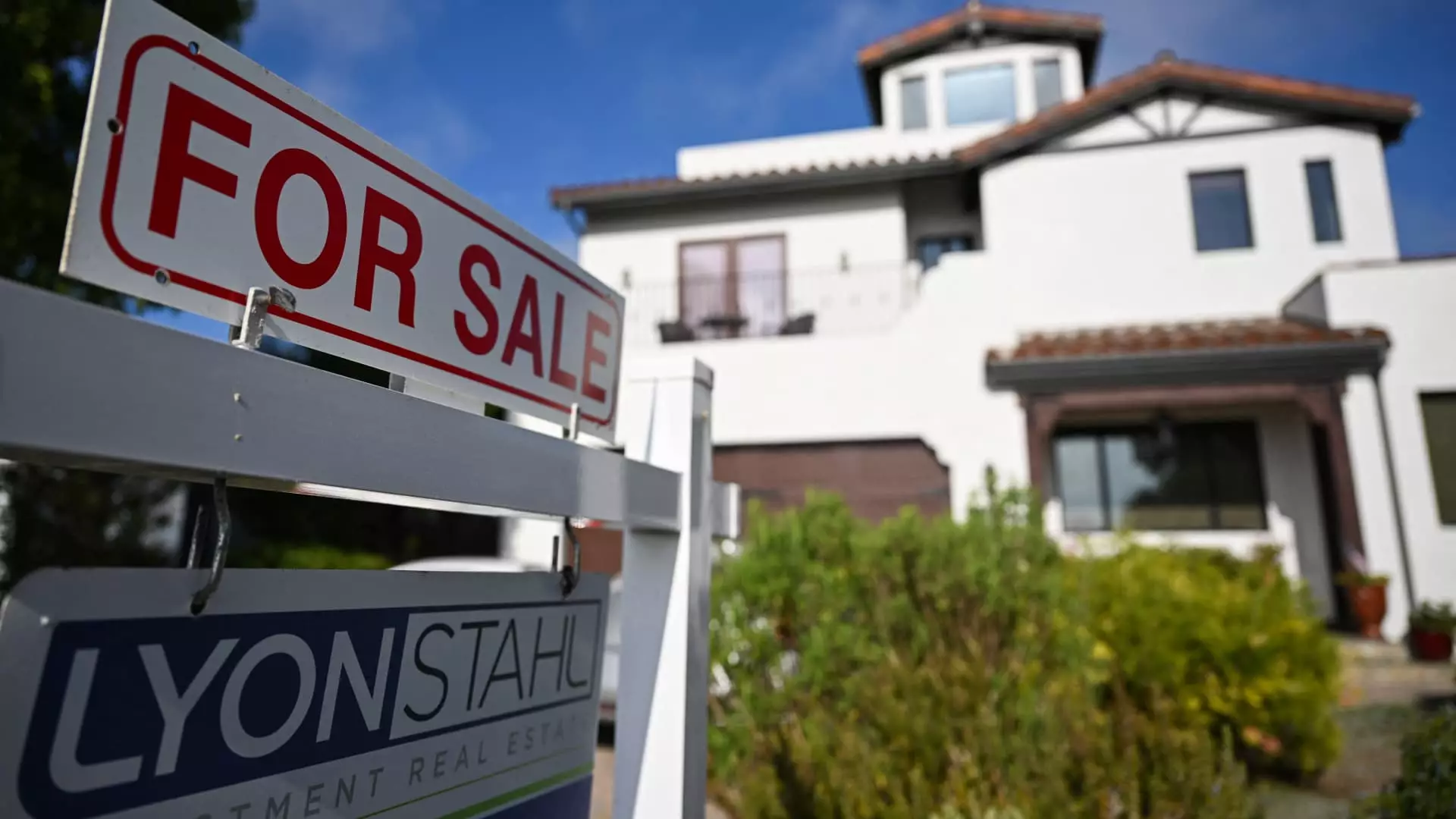5 Crucial Shifts in the Housing Market You Need to Know

In an unexpected twist, mortgage rates have plummeted as a direct consequence of the Trump administration’s recent announcement regarding tariffs. The average rate for a 30-year fixed mortgage dropped a notable 12 basis points to settle at 6.63%. This significant decline marks the lowest mortgage rate we’ve seen since October, casting a faint glimmer of hope for potential homebuyers in an otherwise tumultuous market. The turbulent stock market’s initial sell-off sent investors scrambling for safety in the bond market, triggering a decrease in bond yields, which are closely linked to mortgage rates.
As Matthew Graham from Mortgage News Daily astutely points out, while clarity remains elusive regarding the details of the tariff announcement, the market has already begun to brace itself for the reverberating effects on global trade. The drop in mortgage rates is certainly timely, coinciding with the potent spring selling season when many buyers typically emerge. However, this optimistic turn in one aspect of the housing landscape belies the broader challenges confronting potential buyers.
The Paradox of Home Affordability
While it may be tempting to celebrate declining mortgage rates, there lies a deeper crisis of affordability that cannot be overlooked. As of late March, the typical monthly payment for a homebuyer in the U.S. soared to an astonishing $2,802—an all-time high for the second consecutive week, as reported by Redfin. This spike comes amid rising home prices too, which have climbed 3.4% year-on-year. So even as mortgage rates drop, they remain unmistakably more than double the pandemic-era lows, further constricting the purchasing power of the average American.
Disturbingly, statistics reveal that approximately 70% of American households—equating to around 94 million people—cannot afford a $400,000 home, which is the estimated median price for a new home in 2025. The ramifications of this are stark, as those unable to climb above this financial threshold find themselves increasingly marginalized from homeownership, a cornerstone of the American dream.
Mortgage calculations reveal that the minimum income required to purchase a $200,000 home with a mortgage rate of 6.5% is around $61,487. In stark contrast, it is estimated that in 2025, over 52 million U.S. households will fall below this income level, effectively confining them to homes priced at or below $200,000. These numbers underscore the systemic inequalities that are pervasive in today’s housing market.
Supply and Demand: A Market Lacking Balance
Adding further complication is the issue of supply. Although there is a burgeoning influx of homes entering the market, they are often not priced at the levels that buyers desperately seek, largely because the rising supply does not cater to the lower end of the market. The consequences of this dissonance are severely felt, particularly due to years of chronic underbuilding since the Great Recession. A return to equilibrium in the housing market requires a redirection of focus toward affordable housing initiatives, and this has simply not been prioritized.
On a positive note, the spring season has brought about a 10% annual increase in new listings and a commendable 28% rise in active listings year-over-year, according to Realtor.com. Still, the grim reality remains that many homes are languishing on the market for extended periods. Additionally, there has been an uptick in price reductions across listings. Pending sales—essentially contracts on existing homes—saw a decline of 5.2% compared to March of last year, a decline most prominent in metropolitan areas like Jacksonville and Miami, where softening markets indicate a reversal of pandemic-fueled demand.
Economic Concerns Shaping Buyer Behavior
The convergence of high buying costs coupled with persistent economic anxieties spells trouble for prospective homebuyers this spring. We are witnessing an observable pullback in buyer aggression, as individuals weigh their purchase decisions against an unpredictable economic backdrop. Danielle Hale, chief economist for Realtor.com, describes the ongoing market dynamics as a rebalancing act, which ideally should create more choices for buyers. However, the underlying economic fears may ultimately hinder the responsiveness of would-be buyers as they navigate this shifting landscape.
The current reality is an uneasy one. Yes, mortgage rates have dipped, providing some relief. Yet, potential buyers must grapple with elevated home prices and economic uncertainty, making the goal of homeownership seem increasingly distant. In a housing market that is meant to embody stability, we find ourselves in a state of imbalance that not only threatens the dreams of many but also highlights the pressing need for systemic reform in housing access and affordability.





